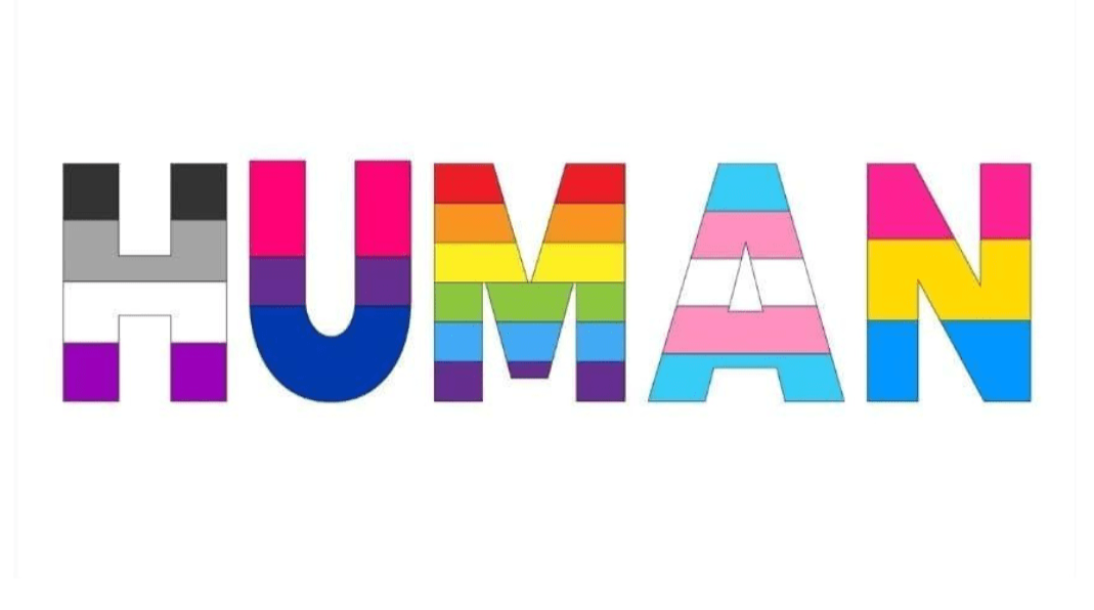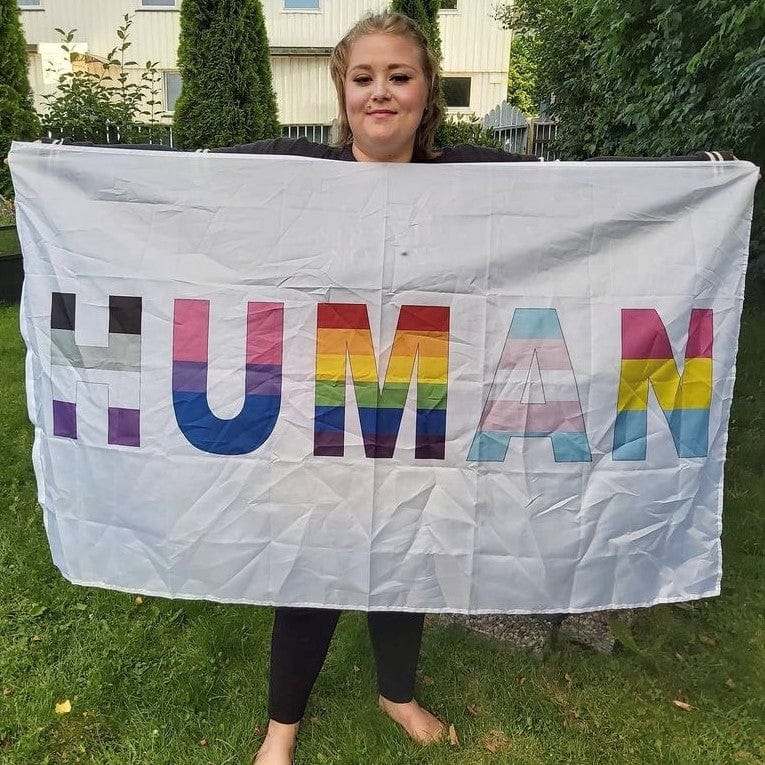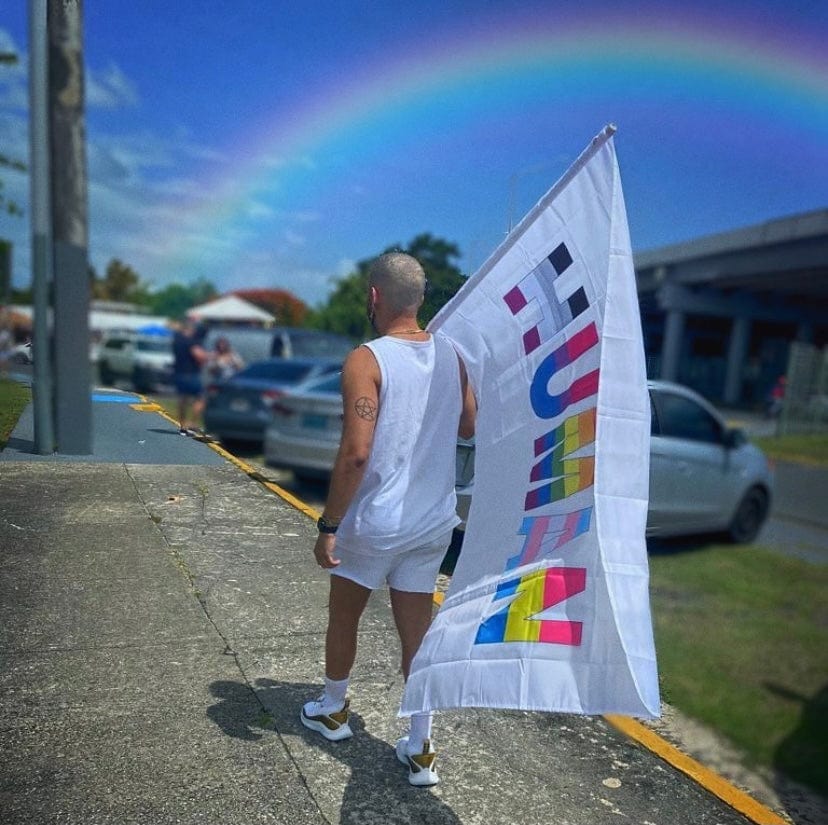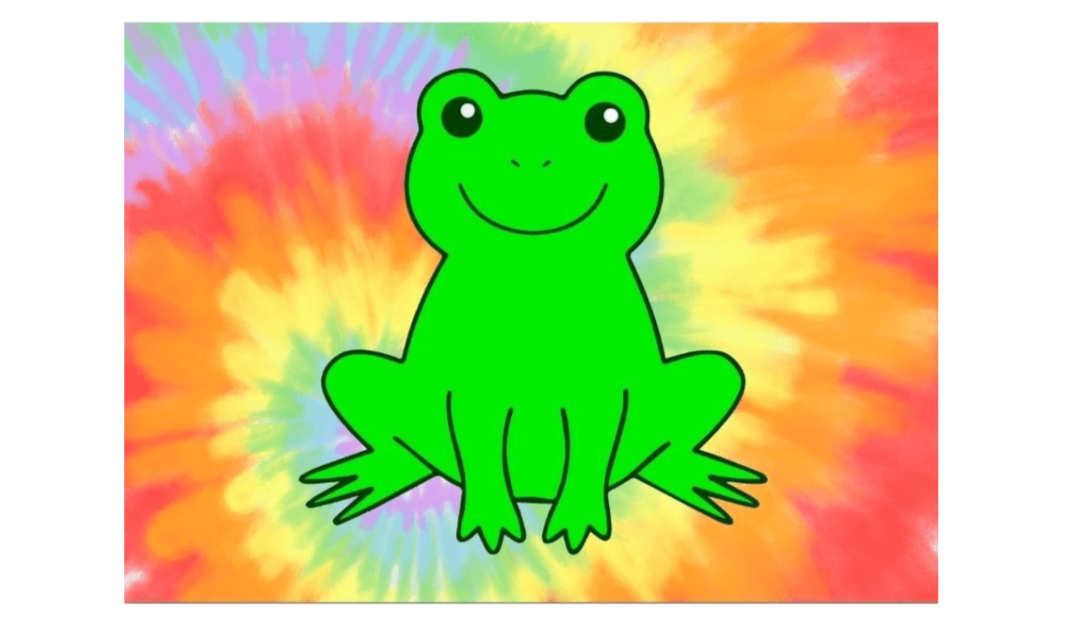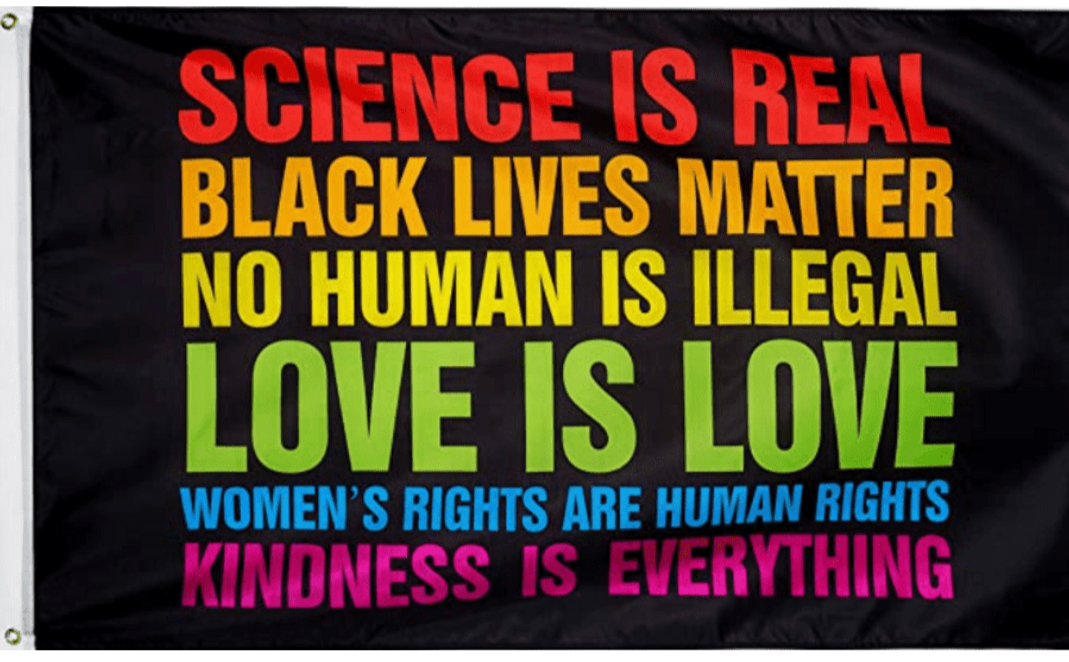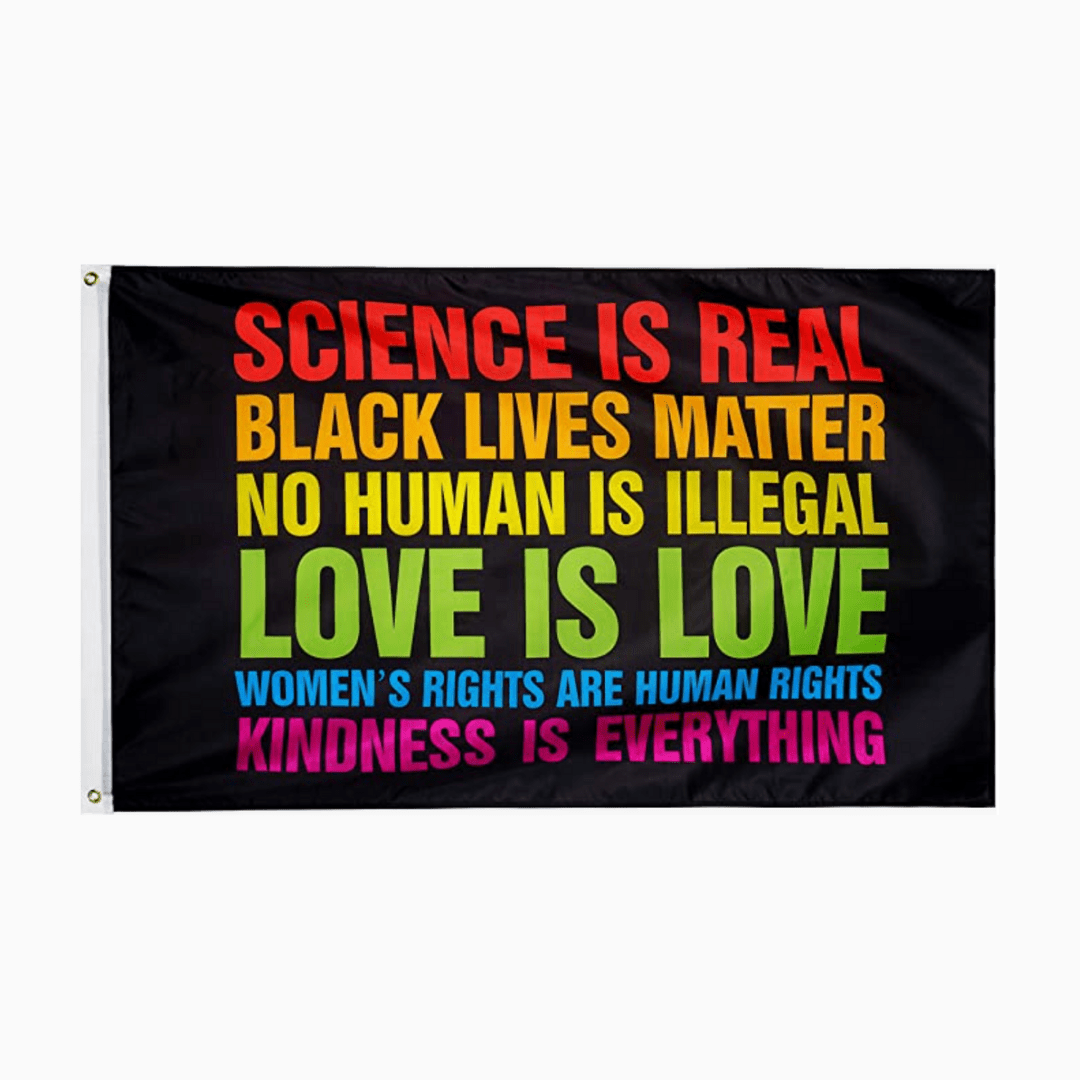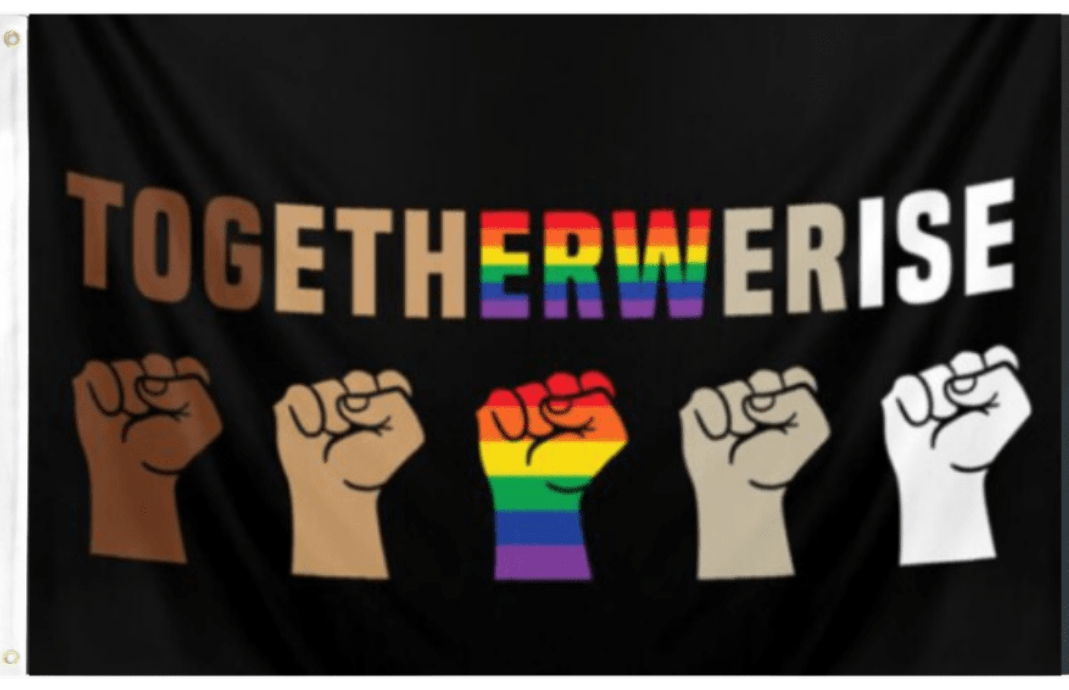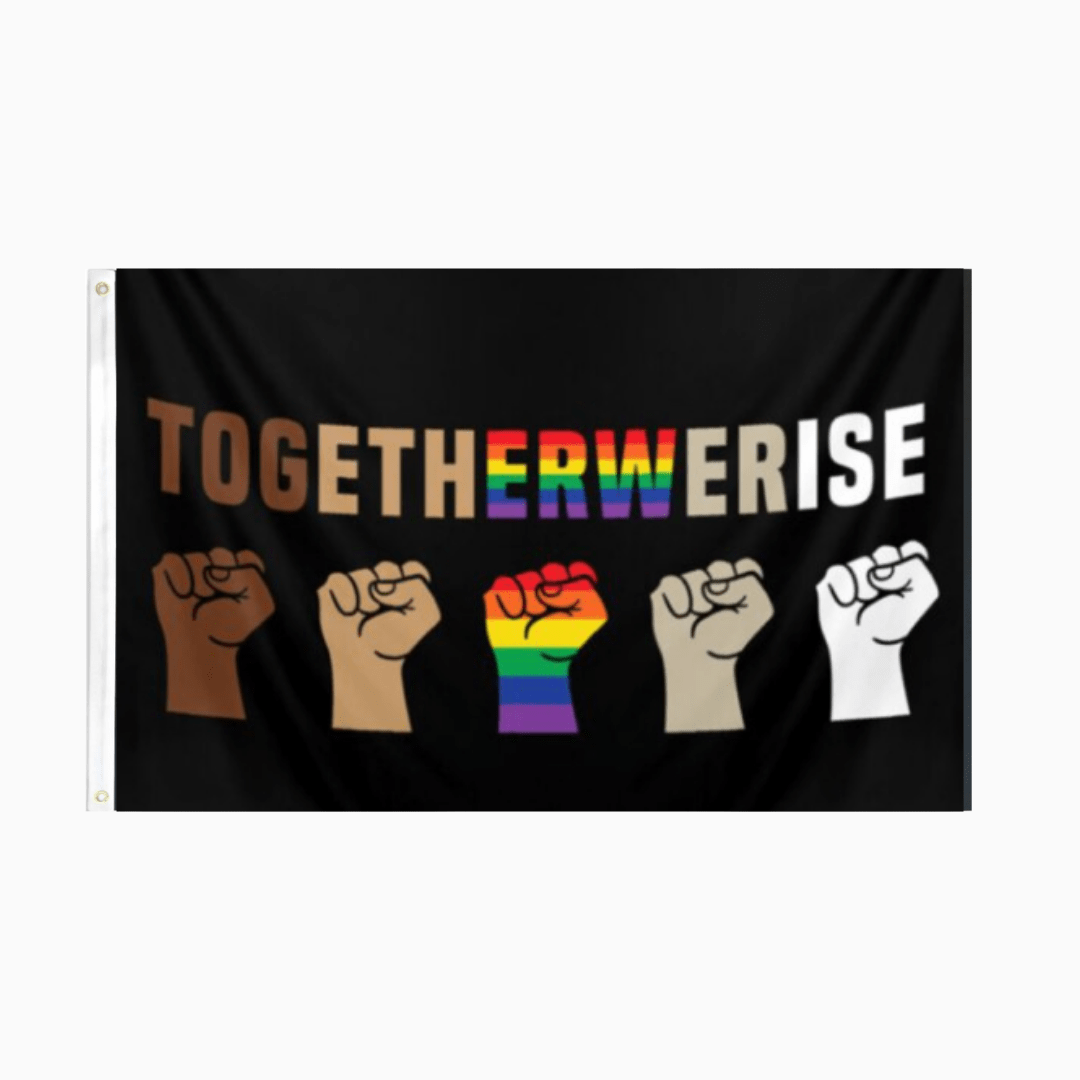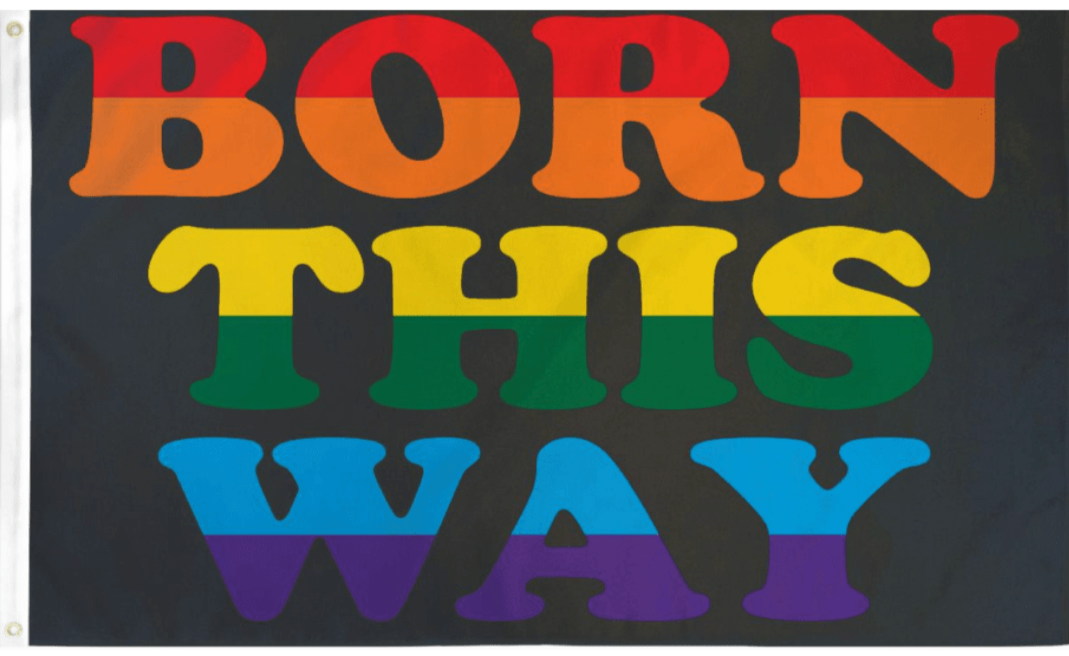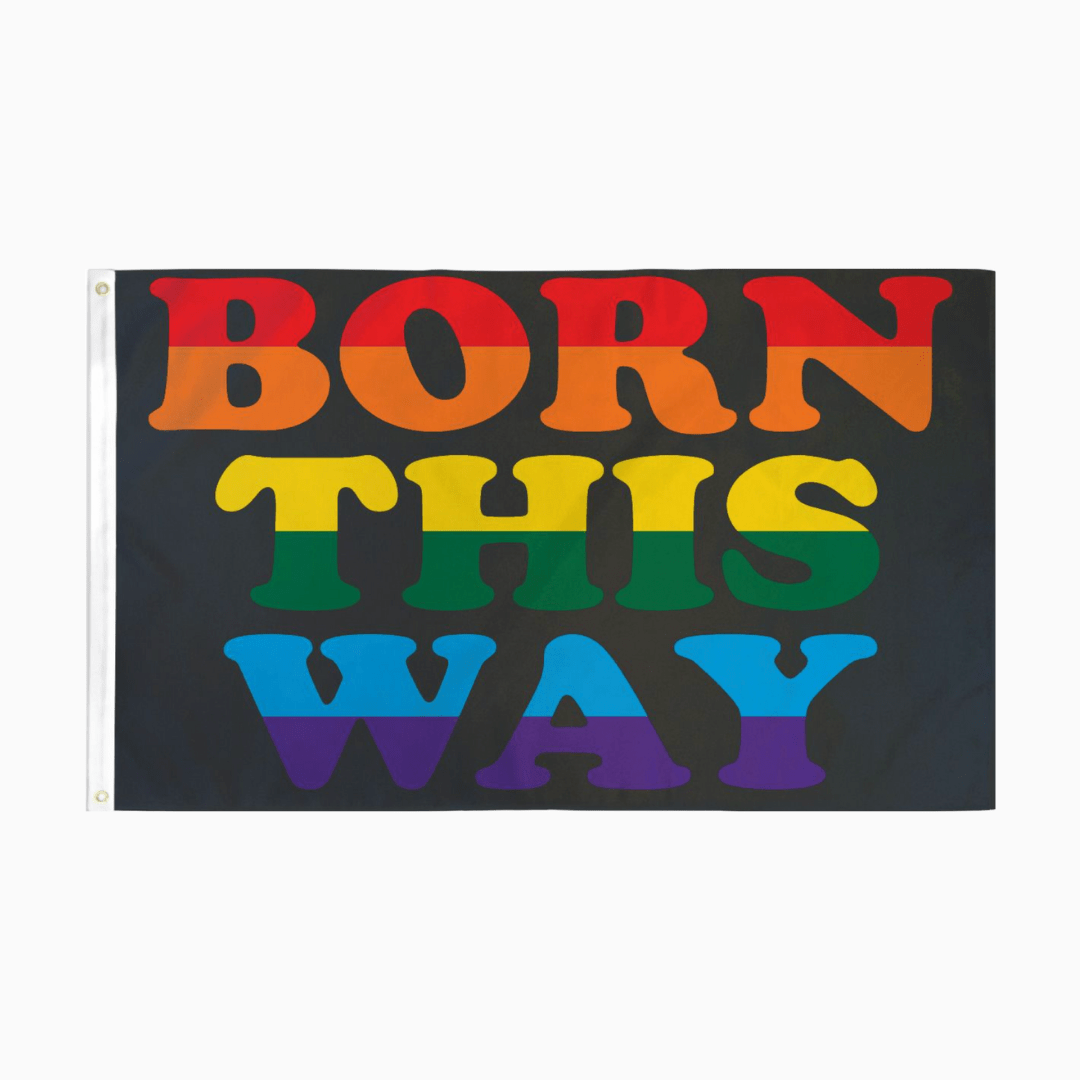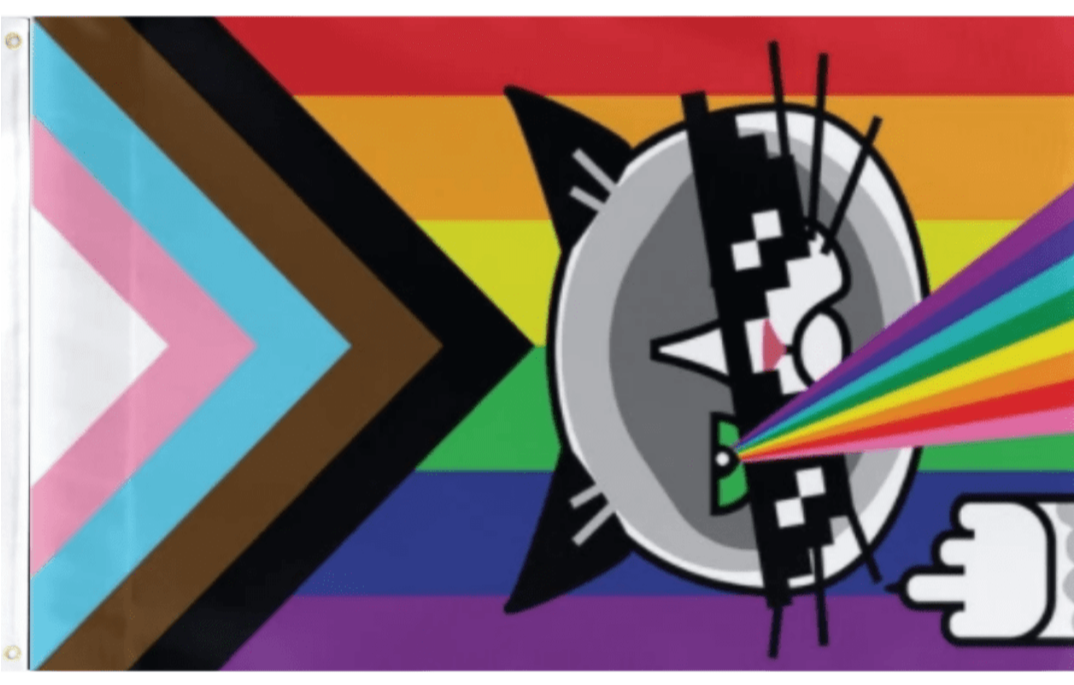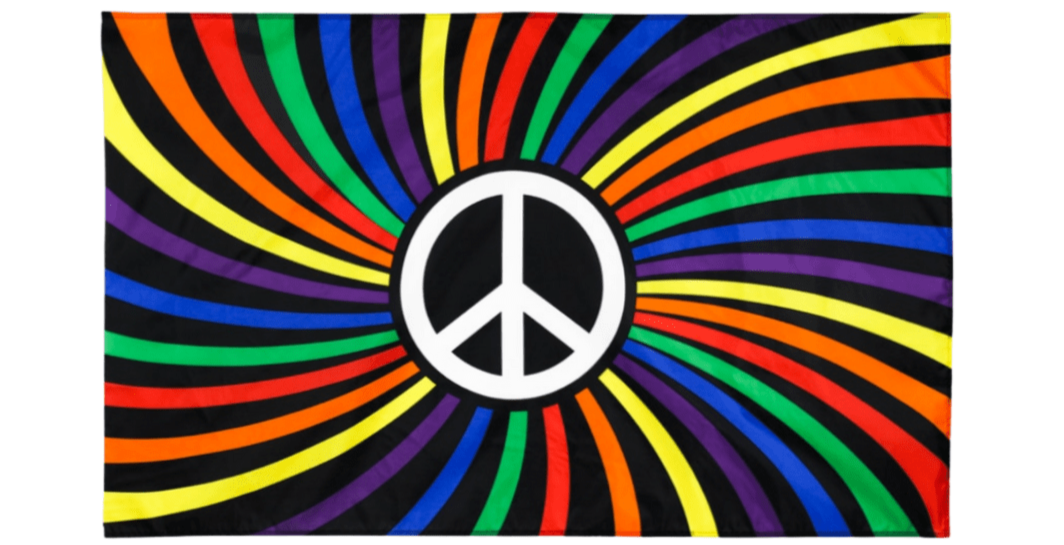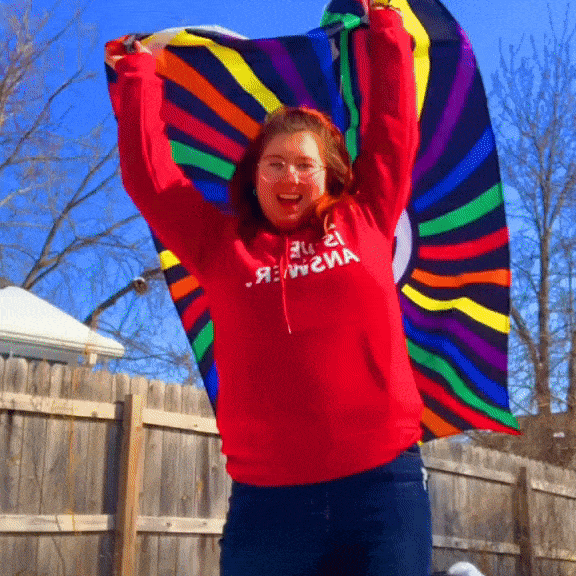May 17th marks the International Day Against Homophobia, Transphobia, and Biphobia (IDAHOTB). This day is dedicated to raising awareness about the violence and discrimination faced by LGBTQ+ people worldwide and to celebrate the diversity of gender identities and sexual orientations. Let’s delve into the significance of this day, explore its history, and discuss ways we can all contribute to a more inclusive society.
The Significance of May 17th
IDAHOTB is a crucial day for the LGBTQ+ community and allies alike. It serves as a reminder of the ongoing struggles faced by LGBTQ+ individuals and highlights the importance of solidarity and activism. This day provides an opportunity to reflect on the progress made in the fight for equality and the work still to be done.
A Brief History of IDAHOTB
IDAHOTB was first celebrated in 2004 to commemorate the World Health Organization's decision to declassify homosexuality as a mental disorder on May 17th, 1990. This landmark decision was a significant step towards reducing the stigma surrounding homosexuality and promoting acceptance and equality. Over the years, the scope of the day has expanded to include issues related to transphobia and biphobia, recognizing the unique challenges faced by transgender and bisexual individuals.
Understanding Homophobia and Transphobia
Homophobia refers to the fear, hatred, or prejudice against individuals who are attracted to the same sex. This can manifest in various forms, including verbal and physical abuse, discrimination in the workplace, and social exclusion.
Transphobia is the fear, hatred, or prejudice against transgender people. It can also take many forms, from discriminatory laws and policies to violence and harassment. Transgender individuals often face unique challenges, such as access to healthcare, legal recognition, and social acceptance.
The Impact of Homophobia and Transphobia
The effects of homophobia and transphobia can be devastating. LGBTQ+ individuals are at a higher risk of experiencing mental health issues, such as depression and anxiety, due to the discrimination and stigma they face. Additionally, they may encounter barriers in accessing education, employment, and healthcare, further exacerbating their marginalization.
How to Support LGBTQ+ Rights
Educate Yourself and Others: One of the most powerful ways to combat homophobia and transphobia is through education. Learn about the issues faced by the LGBTQ+ community and share this knowledge with others. Understanding and empathy are key to fostering acceptance.
Speak Out Against Discrimination: Use your voice to challenge homophobic and transphobic behavior when you see it. Whether it’s in the workplace, at school, or in social settings, speaking out can make a significant difference.
Support LGBTQ+ Organizations: There are many organizations dedicated to advocating for LGBTQ+ rights. Consider donating your time or resources to support their efforts.
Celebrate Diversity: Embrace and celebrate the diversity of gender identities and sexual orientations. Recognize that everyone deserves to live authentically and without fear of discrimination.
Stories of Resilience and Courage
On this day, it's also important to celebrate the resilience and courage of LGBTQ+ individuals who have fought for their rights and the rights of others. Their stories serve as an inspiration and a reminder of the progress that has been made, as well as the work that still lies ahead.
Moving Forward Together
As we observe the International Day Against Homophobia, Transphobia, and Biphobia, let’s commit to creating a world where everyone, regardless of their gender identity or sexual orientation, can live freely and openly. Together, we can build a more inclusive and compassionate society.


